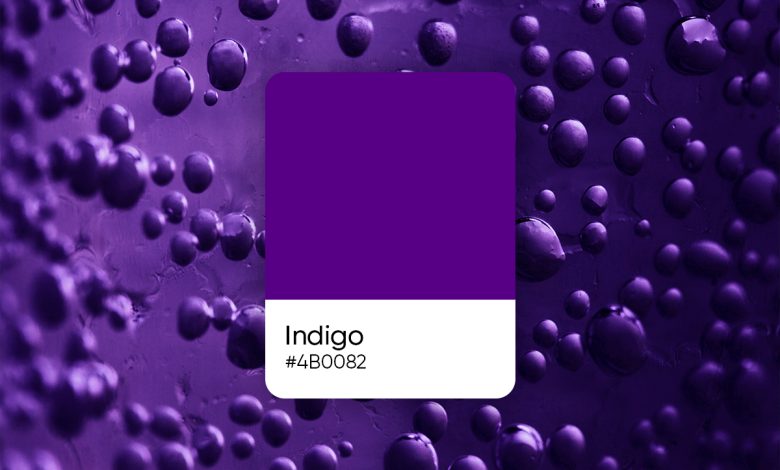Exploring the Binary RGB Triplet of Indigo: A Comprehensive Guide

In the digital realm, color representation is an intricate interplay of light and technology. Central to this process is the RGB (Red, Green, Blue) color model, which allows for the creation of millions of colors through various intensities of these three primary colors. This article delves into the specifics of one such color—indigo—focusing on its binary RGB triplet and broader implications in digital media.
The RGB Color Model
The RGB color model is founded on additive color mixing. By adjusting the intensities of red, green, and blue light, it produces a spectrum of colors. Each of these color components is represented on an 8-bit scale, ranging from 0 to 255. This scale allows for the precise combination of colors, creating the vivid and varied hues we see on digital screens.
Indigo in the RGB Spectrum
Indigo, a deep and rich color situated between blue and violet, is defined within the RGB model by specific intensity values:
- Red: 75
- Green: 0
- Blue: 130
These values are crucial for reproducing indigo’s unique shade on digital devices. For a more interactive exploration of these values, websites like https://rgb-hex.com/ offer tools to view color shades and their corresponding RGB values.
Binary Representation of RGB Values
To understand how indigo is encoded digitally, we need to convert the decimal RGB values into binary:
- Red (75): Decimal 75 converts to binary as 01001011.
- Green (0): Decimal 0 is represented in binary as 00000000.
- Blue (130): Decimal 130 converts to binary as 10000010.
When combined, these binary values form the RGB triplet for indigo:
- Red: 01001011
- Green: 00000000
- Blue: 10000010
This binary encoding is fundamental in digital color representation, ensuring accurate color display across various digital platforms.
The Role of Binary RGB Triplets in Digital Media
Binary RGB triplets are essential in numerous digital applications:
- Computer Graphics: In graphics design, binary RGB values are used to define and manipulate colors in images, animations, and visual effects. They are critical for creating lifelike visuals and dynamic graphics in video games, movies, and CGI.
- Image Processing: These values help in tasks such as color correction, image enhancement, and filtering. Accurate color representation is vital for high-quality digital imaging and editing.
- Web Design: RGB values determine the color schemes of websites, ensuring consistency and vibrancy in web aesthetics.
Conclusion
Understanding the binary RGB triplet for indigo reveals the detailed process of color encoding in the digital world. This knowledge not only illuminates the technical aspects of color representation but also emphasizes the precision required to achieve accurate color display. As we navigate through the digital landscape, the meticulous interplay of red, green, and blue light continues to shape our visual experiences, making the study of RGB triplets a fundamental aspect of digital media.
By exploring these binary values, we gain a deeper appreciation of the technology behind the colors we see every day, showcasing the harmony between art and science in the digital age.









